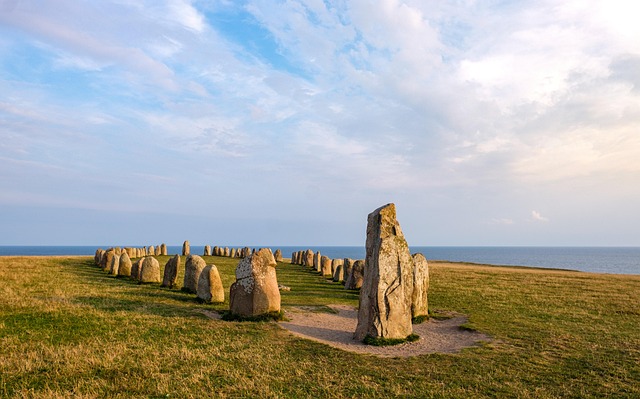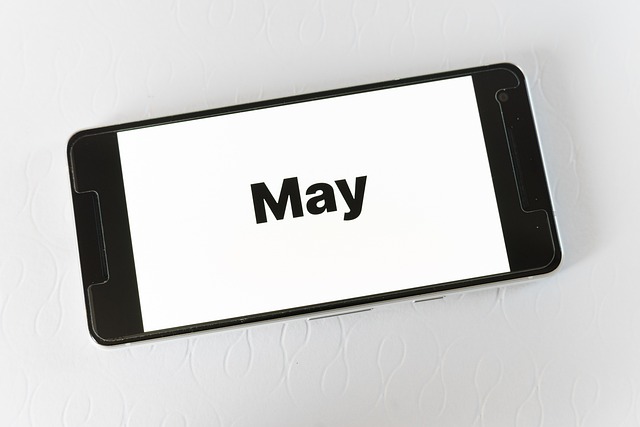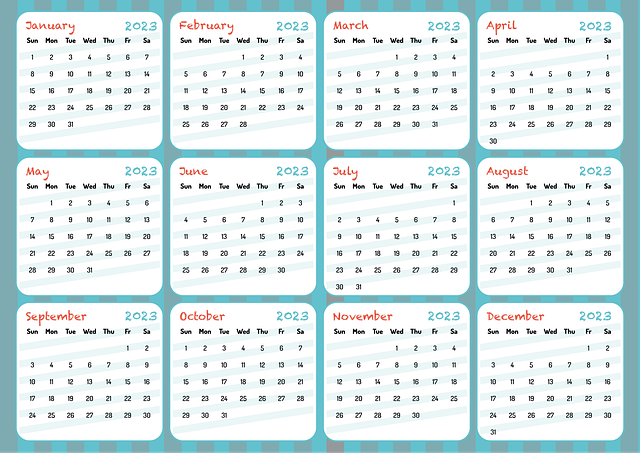Ramadan: Understanding the Hijri Calendar’s Sacred Month
The Hijri Calendar, a lunar-based Islamic system, determines religious observances, notably Ramadan……..

The Hijri Calendar, a lunar-based Islamic system, determines religious observances, notably Ramadan. Its variable timing, compared to the Gregorian solar calendar, impacts global cultural events and artistic representations in Islamic art. It guides daily planning for Muslims worldwide during Ramadan, fostering community and spiritual reflection through fasting, prayer, charity, and celebration.
Ramadan, a sacred month in the Islamic faith, is based on the lunar Hijri calendar. It’s a time of spiritual reflection, increased devotion, and charitable deeds for Muslims worldwide. Observed during the ninth month of the Islamic year, Ramadan begins with the sighting of the new moon. This period involves fasting from dawn to sunset, focusing on self-purification and connecting more deeply with Allah. Cultural practices, like breaking the fast collectively, enhance community bonds.
- Understanding the Islamic Calendar
- Definition of Ramadan in the Hijri Calendar
- Timing: When Does Ramadan Begin?
- Significance and Observances During Ramadan
- Cultural and Spiritual Practices in Ramadan
Understanding the Islamic Calendar

The Islamic Calendar, also known as the Hijri calendar, is a lunar-based system that determines the dates for religious observances and cultural events in Islam. Unlike the Gregorian calendar used globally, which is solar-based, the Hijri year is calculated based on the moon’s cycles, resulting in approximately 10 to 12 days fewer than the Gregorian year. This means Ramadan’s timing using the Hijri calendar varies each year compared to the standard calendar.
The contemporary use of the Hijri calendar extends beyond religious purposes, with many Islamic art forms incorporating its aesthetic appeal. Artistic representations of Hijri months adorn mosques and homes, showcasing a fusion of culture and faith. Find us at our gallery or online to explore these captivating visual interpretations that celebrate the rich heritage of the Islamic calendar.
Definition of Ramadan in the Hijri Calendar

Ramadan is the ninth month of the Islamic calendar, known as the Hijri calendar, and holds immense significance for Muslims worldwide. It is observed as a period of fasting, prayer, reflection, and heightened spiritual devotion. The Hijri calendar, based on the lunar cycle, is approximately 10 to 12 days shorter than the Gregorian calendar each year, making Ramadan’s timing vary from year to year in the Western world.
This unique calendar system’s impact extends beyond religious observance, influencing various aspects of Islamic culture and architecture. In contemporary times, the hijri dates for daily planning have become increasingly important, especially with the global Muslim community adopting diverse practices. Even when comparing Islamic and Western calendars, one can find us at distinct intersections where cultural traditions meet, reflecting the dynamic nature of Ramadan’s observance in a changing world. The hijri calendar’s influence on architecture is also notable, shaping the design and timing of mosques and religious spaces to accommodate the lunar-based holy month.
Timing: When Does Ramadan Begin?

Ramadan, one of the five pillars of Islam, is a sacred month that holds immense significance for Muslims worldwide. Its timing is based on the Hijri Calendar, which is a lunar calendar, meaning it calculates months according to the cycles of the moon. This is in contrast to the Gregorian calendar, commonly used globally, which is solar-based. Due to this difference, Ramadan’s dates vary each year when observed using the Gregorian calendar.
The beginning of Ramadan is determined by the sighting of the new moon, specifically the crescent moon, marking the start of a new Hijri month. This practice has advantages in terms of hijri dates for daily planning and ensures a more flexible and community-focused approach to observing religious practices. Muslims around the world await this signal to begin their month of fasting, heightened devotion, and increased charitable giving. Give us a call at hijri dates for daily planning to learn more about how this unique calendar system plays out in practical applications for everyday life.
Significance and Observances During Ramadan

Ramadan is the ninth month of the Islamic calendar, known as the Hijri Calendar, and holds immense significance for Muslims worldwide. It is observed as a time of spiritual reflection, heightened devotion, and charitable acts. During this holy month, Muslims fast from dawn until sunset, abstaining from food, drink, and other physical needs. This practice, known as Sawm, is one of the five pillars of Islam and promotes self-discipline, sacrifice, and empathy for those less fortunate.
In addition to fasting, Ramadan involves heightened worship and religious observance. Muslims gather in mosques for special nightly prayers called Taraweeh, recite the Quran, and engage in extra acts of charity. Decorating with Islamic calendar motifs and exploring modern interpretations of Hijri aesthetics can add a unique touch to celebrating this sacred month. The difference between solar and lunar calendars also plays a role in the timing of Ramadan, making it a movable feast that varies each year on the Gregorian calendar.
Cultural and Spiritual Practices in Ramadan

Ramadan is the ninth month of the Islamic calendar (Hijri calendar), marking one of the five pillars of Islam and a significant period for Muslims worldwide. This holy month holds immense spiritual importance, as it is believed to be when the Quran was first revealed to Prophet Muhammad. During Ramadan, Muslims engage in various cultural and spiritual practices that foster community and strengthen their connection with Allah.
Fasting from dawn until sunset is one of the core practices, promoting discipline, self-reflection, and empathy for those less fortunate. It’s a time for increased devotion and prayer, often culminating in Taraweeh prayers in mosques, where communities gather to recite additional Quranic verses. Islamic festivals tied to Hijri dates for daily planning, such as Eid al-Fitr, celebrate the end of Ramadan with feasts, family gatherings, and acts of charity. Additionally, many Muslims engage in extra reading of the Quran, increase charitable giving (Zakat), and perform good deeds as a form of spiritual cleansing and preparation for forgiveness and blessings. Visiting us at difference between solar & lunar calendars anytime can offer insights into how these practices have evolved over time through Hijri dating in historical records.
Ramadan, a sacred month based on the Islamic calendar’s Hijri system, is a time of spiritual reflection, heightened devotion, and community for Muslims worldwide. Characterized by fasting from dawn until sunset, this period encourages self-discipline, empathy, and a deeper connection with Allah. Beyond dietary restrictions, Ramadan fosters cultural practices that celebrate shared meals, evening prayers, and charitable acts, creating a harmonious and reflective atmosphere across diverse communities.






